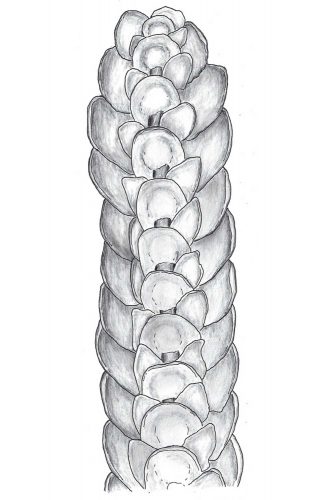
February is a month that leads us into a new season. My mood gets increasingly positive when daylight creeps into the window earlier and earlier. The increasing day length affects when flowers begin blooming. In the past, mid February marked the time when the first flowers appeared in Willamette Valley woodlands. We have traditionally expected osoberry and spring beauty flower buds to open at this time. The bloom time seems to be changing. The past two years first flowers of osoberry opened on Feb. 6 and 7. This year osoberry was in full bloom by Jan. 25. The abundant rainfall this past winter coupled with very little freezing weather is an obvious reason. However, it is difficult to ignore that the trend is a symptom of global warming.
How this affects the animals at the Delta Ponds is also evident. Chorus frogs are getting ready to start their breeding concerts. The initial, weak croaks will soon burst forth into their full-throated choir. Waterfowl are establishing — or re-establishing — their pair bonds. Mating dances are taking place in ponds and waterways.
The leaf out and blooming of the understory flora is dramatic. Almost as prominent is the flush of growth of all plants that grow mostly in the rainy season. Mosses will threaten to overtake grass in your lawn unless the lawn is given a fertilizer boost. Mosses and lichens are growing very fast on tree branches. Moss capsules are emerging. Tree ruffle liverworts are spreading their mats of braided strands.
David Wagner is a botanist who has worked in Eugene for 40 years. He teaches moss classes, leads nature walks and has published his 2020 Oregon Nature Calendar. It is available at Down to Earth in Eugene or by contacting him directly at fernzenmosses@me.com.